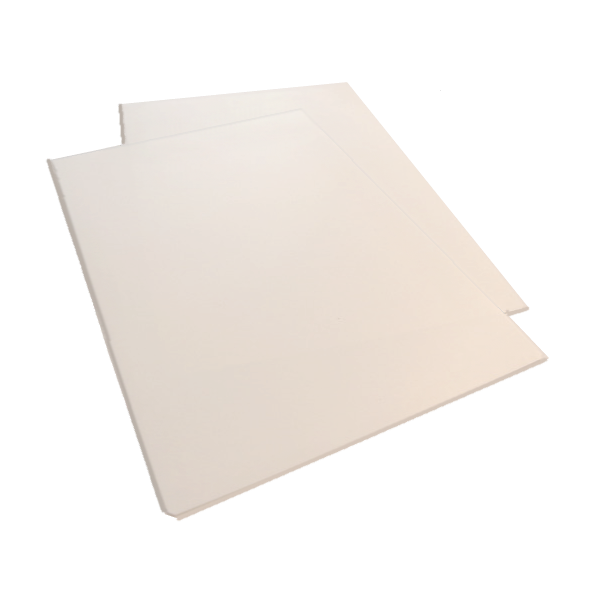Zirconium oxide ceramic substrates (ZrO2)

Zirconium dioxide (ZrO2) is a material that combines a number of excellent physical and mechanical properties, such as:
- High resistance to destruction;
- High coefficient of thermal expansion;
- Low thermal conductivity (relative to other types of ceramics);
- High bending strength and tensile strength;
- High resistance to wear and corrosion.
ZrO2 substrates have excellent resistance to cracking, strength and high impact strength, which makes them indispensable for use in devices operating under mechanical stress.
Due to the relatively low thermal conductivity, ceramics based on zirconium dioxide is an excellent heat insulator.
Also, some types of ceramic substructures, depending on the percentage of zirconium dioxide, have a remarkable property - oxygen conductivity. Which is actively used to measure the oxygen content in lambda probes.
Specifications

|
Properties |
Materials |
|
|
ZrO2 (Y-TZP) |
||
|
Colours |
Белый |
|
|
Bulk density |
г/см3 |
≥ 6,00 |
|
Surface roughness Ra (grinding) |
мкм |
— |
|
Surface roughness Ra (polished) |
мкм |
Ra 0,05 |
|
Mechanical properties |
||
|
Flexural strength |
МПа |
1200 |
|
Compressive strength |
МПа |
2100 |
|
Modulus of elasticity |
ГПа |
200 ~ 250 |
|
Vickers Hardness |
ГПа |
11 |
|
Fracture toughness |
|
10 |
|
Physical properties |
||
|
Coefficient of thermal expansion (25-1000°C) |
10 -6 /°C |
10,3 |
|
Thermal conductivity (25°C) |
Вт/м∙°K |
2,5 |
|
Specific heat capacity |
Дж/кг*К |
400 |
|
Heat shock resistance |
С |
350 |
|
Maximum operating temperature |
С |
1500 |
|
Dielectric strength |
|
9 |
|
Volumetric resistance (25 С) |
|
≥ 1014 |
|
Volumetric resistance (500 С) |
Ом∙см |
2 x 104 |
|
Dielectric constant (1 МГц) |
- |
29 |
|
Dielectric losses (1МГц, 25°C) |
∙10 -4 |
10 |
|
Metallisation |
||
|
DBC technology |
- |
|
|
Thick-film technology |
- |
|
|
Thin-film technology |
|
|
Application area
-
rings of sliding bearings;
-
application in the nuclear power industry;
-
application in metallurgy (refractories);
-
products / components of the electronic industry that are subject to strong mechanical and thermal influences;
-
auxiliary material in welding processes;
-
heat insulators;
-
one of the main elements for measuring oxygen content in lambda probes.